
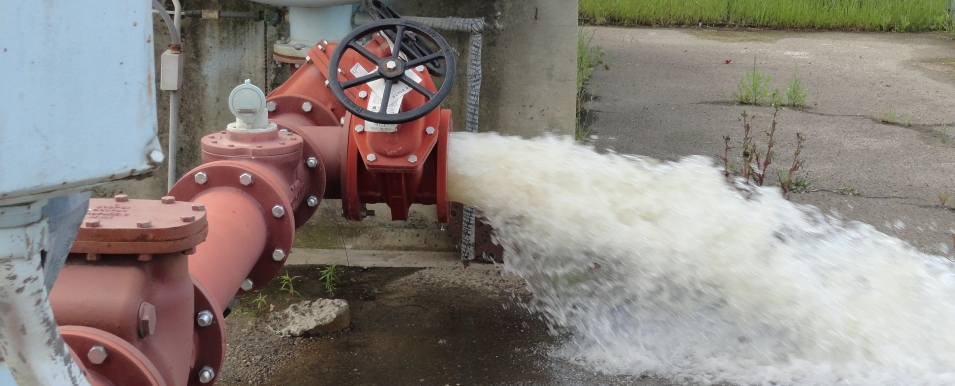
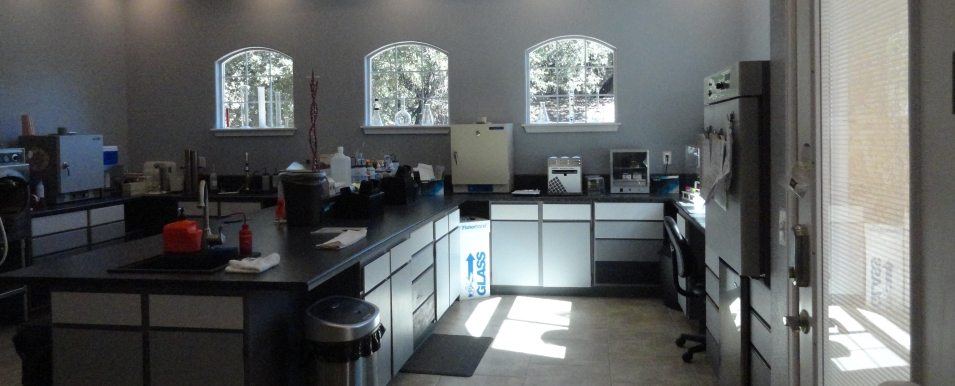
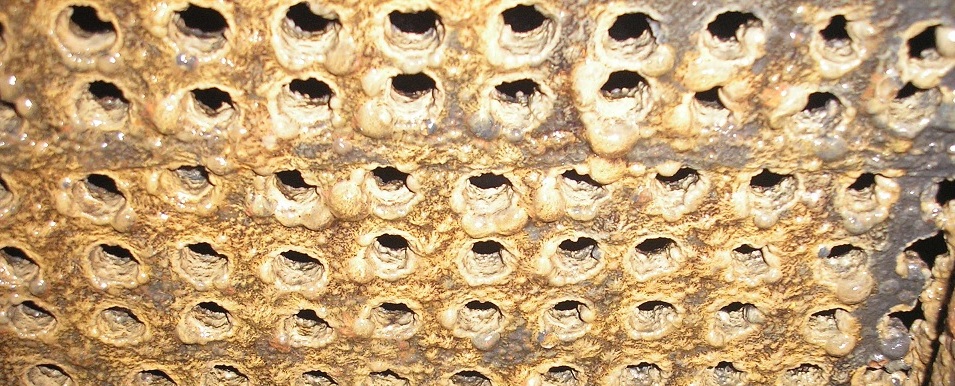
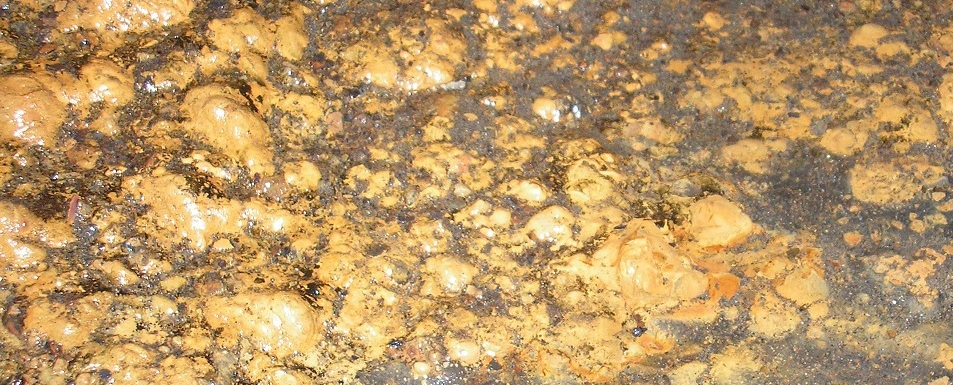
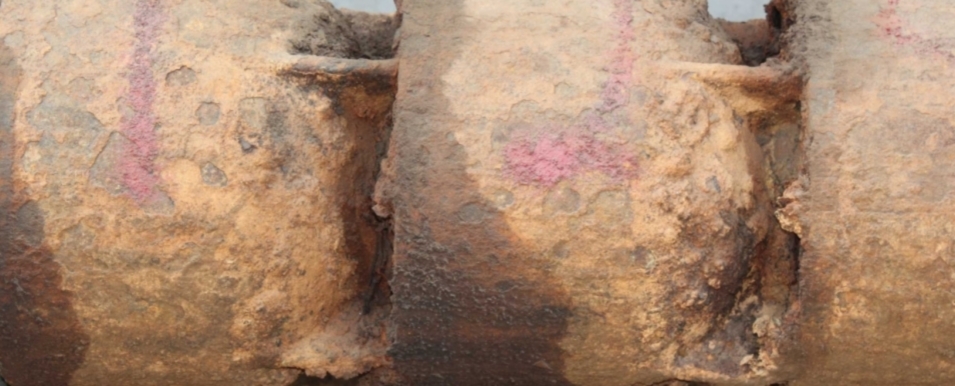
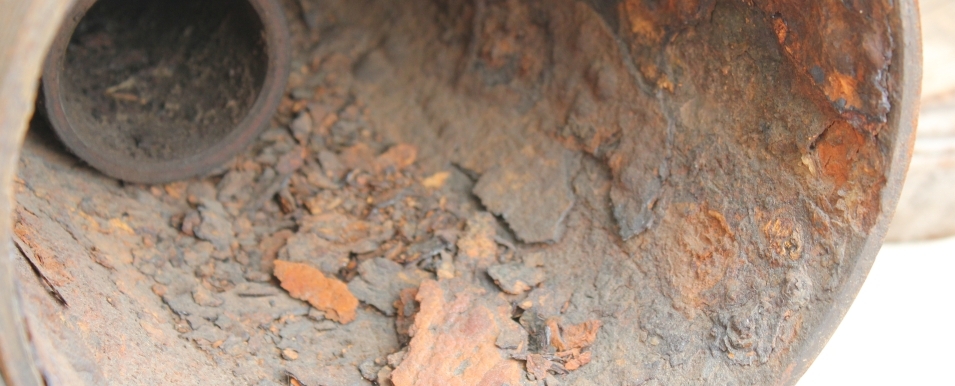
Home
The Blodgett Research Institute for Waterborne Infectious Disease - "BRI" - is a California based water laboratory specializing in the diagnosis and analysis of microbial infections in public and private water delivery systems. BRI performs all common types of water tests, but we specialize in analyzing and diagnosing Biofilms. We are one of only a handful of water labs nationwide, with expertise in this new field of study.
Biofilms are permanent colonies of multiple species of bacteria and other microbial life which are safely hidden within organic, polysaccharide slimes exuded by the bacteria themselves. Within these slime biofilms the bacteria are generally undetectable by normal presence/absence tests. But much more disturbing, THEY ARE GENERALLY ALSO IMMUNE TO DISINFECTION BY NORMAL, ACCEPTED METHODS.
The existence of biofilms was discovered as early as the 1970's, however their importance, dangers, and implications for public health and industry were not. Medicine was the first industry to become widely aware of biofilms and the dangers they could pose.
As hip and knee replacements became routine, doctors began to notice a corresponding increase in bacterial infections developing in patients who had received them. But how, they wondered, could a sterile medical device introduced into the body in a sterile operating field lead to infection? Researchers studying the problem eventually discovered that biofilms began to form on the surfaces of these previously sterile devices very soon after surgery. They also discovered that normal courses of antibiotics were often incapable of defeating the infections.
Since that time, further study has determined that biofilms are found not only in the body, but almost anywhere water is present. Another recent finding is that the older a water system is, the more likely its components, i.e., wells, storage tanks, pumps, or pipe will have biofilms - biofilms that can shelter pathogenic bacteria, viruses, and protozoans - a sobering thought considering the age of much of the country's infrastructure.
The bacteria sequestered in biofilms are not simply threats to public health. Our own research leads us to believe that much, if not most, of the corrosion, plugging, pitting, and fouling found in water systems is not the result of simple geo-chemical processes, as has been thought for years, but is instead biologically driven by bacteria within biofilms. The most common effects of these biological processes are loss of flow, lowered output, and increased energy costs. With new wells costing around $1,500,000 to bring online and energy costs amounting to some 80% of water companies' operating expenses, it only makes good financial sense for officers and directors to learn all they can about biofilms and how to minimize the negative effects they have on profitability. For more information about biofilms, please click on the link below.
What are Biofilms (and why should I care)?



